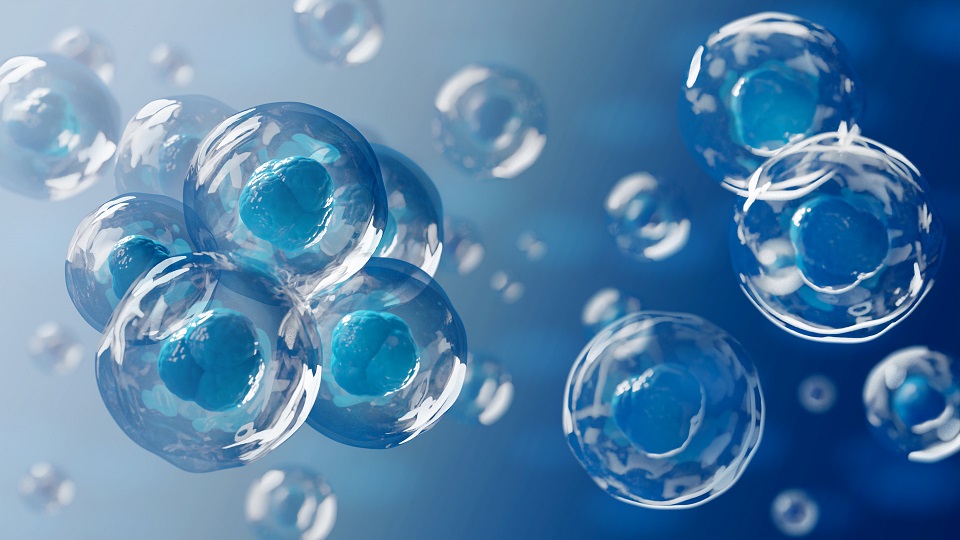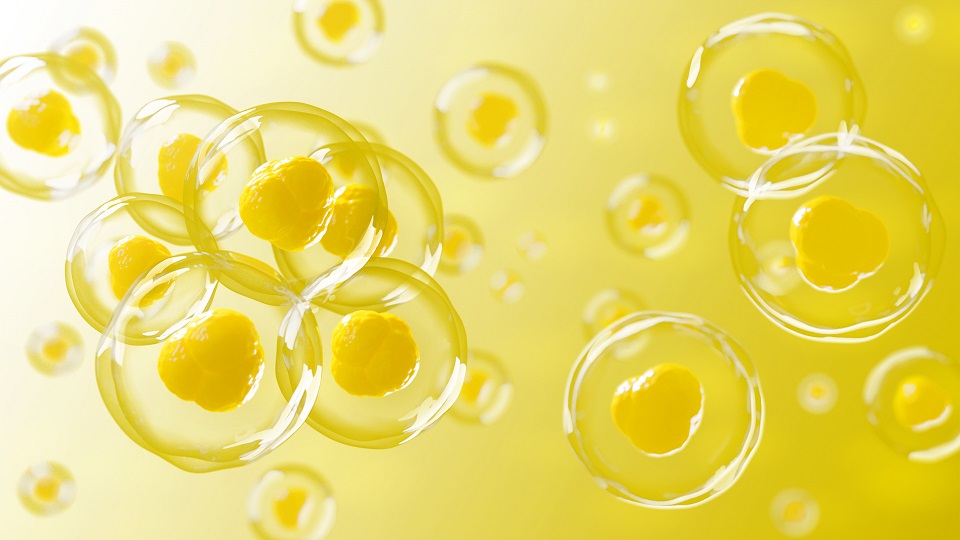Quality Control Management of Nutraceuticals and Dietary Supplements

WHAT ARE NUTRACEUTICALS?
As the name would suggest, nutraceuticals combine the ‘nutrients’ derived from natural food sources with the health-promoting implications of ‘pharmaceutics’. Nutraceuticals claim a wide range of physiological benefits depending on the chemical makeup of their sources, including boosting immune health, chronic pain management, and improving overall wellness. Nutraceuticals are popular among consumers who prefer natural products and treatments to traditional pharmaceuticals, and the industry is expected to see heavy growth in North America, Europe, and the APAC largely due to aging populations and a shifting preference towards natural medicine.1
MAIN TYPES OF NUTRACEUTICALS
Nutraceuticals are classified differently in every country. Even within one jurisdiction, they may be referred to as dietary supplements, functional foods, medicinal foods, and/or farmaceuticals. Although there are subtle differences between these categories they are commonly used interchangeably. Nutraceuticals can also be categorized in other ways besides these subtle variations in nomenclature. Since 2010, categorization has emerged to differentiate between nutraceuticals that either have or have not undergone clinical trials and successfully demonstrated beneficial health properties.2
Yet another way these natural health supplements can be organized is by the following broad categories:
- Insoluble and soluble dietary fibres found in products like beans, lentils, and apples;
- probiotics and prebiotics which balance each other to promote a healthy gut microbiome;
- polyunsaturated fatty acids (PUFAs) which provide omega-3 and omega-6 fatty acids which the human body cannot naturally produce;
- vitamin C, E, and other antioxidant vitamins;
- polyphenol micronutrients found in sources such as red wine and dark chocolate;
- and finally, various spices and herbs such as turmeric, garlic, and curcumin.3
NUTRACEUTICAL REGULATIONS
Regulations placed on nutraceuticals vary widely around the world. Regardless of jurisdiction, industry regulations often fall into a grey area where information and expectations can be unclear, misleading, and in some cases, potentially dangerous. Both manufacturers and consumers should be aware of their country’s nutraceutical regulations to make safe and informed decisions.
European Regulations (EFSA)
The European Food Safety Authority (EFSA) defines and regulates nutraceuticals as food supplements, a concentrated dose of nutrients to accompany normal dietary intake and provide nutritional and/or physiological benefits. The main focus is placed upon the ingredients - including vitamins, minerals, and amino acids - and the levels at which they are present in the supplement. Nutraceuticals produced in the EU must only contain substances approved and published in the Directive 2002/46/EC.5 Any company wishing to include a vitamin, mineral, or other substance that is not included on this list can submit an application to the EC for consideration.
Regarding Nutrition and Health Claims, the European Commission has established Union rules through Regulation (EC) No 1924/2006. The Regulation started to apply on 1 July 2007.
This regulation is the legal framework used by food business operators when they want to highlight the particular beneficial effects of their products, in relation to health and nutrition, on the product label or in its advertising. The rules of the Regulation apply to nutrition claims (such as "low fat", "high fibre") and to health claims (such as "Vitamin D is needed for the normal growth and development of bone in children").
The objective of those rules is to ensure that any claim made on a food's labelling, presentation or advertising in the European Union is clear, accurate and based on scientific evidence.
Food bearing claims that could mislead consumers are prohibited on the EU market.
This not only protects consumers, but also promotes innovation and ensures fair competition. The rules ensure the free circulation of foods bearing claims, as any food company may use the same claims on its products anywhere in the European Union.
USA Regulations (DSHEA and FDA)
The U.S. Food and Drug Administration (FDA) recognizes nutraceuticals as dietary supplements and applies a specific set of regulations to both the finished supplements and dietary ingredients that differ from those of standard food and drug products. The Dietary Supplement Health and Education Act (DSHEA) was passed in 1994 amongst significant public involvement, both in support and opposition. The DSHEA essentially defined and regulated dietary supplements for the first time in the U.S., prohibiting nutraceutical manufacturers from making certain claims without proof and requiring them to abide by specific FDA regulations.
The DSHEA defined nutraceuticals as: “a product (other than tobacco) intended to supplement the diet that bears or contains one or more of the following dietary ingredients: a vitamin; a mineral; an herb or other botanical; an amino acid; a dietary substance for use by man to supplement the diet by increasing the total dietary intake; or a concentrate, metabolite, constituent, extract, or combination of any ingredient described above”.4
MANUFACTURER RESPONSIBILITY & QUALITY CONTROL
This unstandardized approach to nutraceutical regulation puts a large responsibility on supplement manufacturers to ensure a high level of quality controls to avoid endangering consumers, not to mention hefty fees and penalties. While specific regulations may vary by country, manufacturers should always take responsibility for traceability and quality control throughout the entire procedure. Many, if not all, risks can be mitigated with thorough testing at each step, including but not limited to:
- Ingredients – Testing must begin with pathogen detection (and identification), and quality indicators enumeration for raw materials and ingredients. Contamination from soil and environmental factors are much easier to treat and avoid before materials have moved into production causing wasted time, product, and profit.
- Formula – Perhaps the most important step of the production process is the supplement formula, not only the list of finalized ingredients but a functional, repeatable measurement of the level present for each.
- Manufacturing – Abiding by the World Health Organization’s Good Manufacturing Processes (GMP) ensures that facilities maintain clean work areas, work to prevent cross-contamination, follow clearly defined processes, etc. Manufacturers who successfully undergo third-party evaluations may receive a NSF or NNFA certification that can be displayed on their respective products.
- End-products Testing (Required & Non-Required) – In cases where rigorous testing is not required, manufacturers are responsible for purity, efficacy, and allergen testing. Manufacturers may choose to obtain a USP Verification Mark, proving that their supplements abide by their label, do not contain harmful levels of contaminants, will be digested in a specified amount of time, and have met by GMP standards.
MAJOR CONTAMINATION RISKS OF NUTRACEUTICALS
Although nutraceuticals are composed of natural materials, that does not mean they are free from contamination risks before, during, and after production. Herbs and botanical materials inherently carry a number of microorganisms from the soil that can multiply during the production process with ideal temperature and moisture.
E. coli, Salmonella, and S. aureus can easily appear in nutraceuticals during the production, harvest, transportation, storage, or manufacturing process. Quality indicators like Total Viable Count and Yeast & Molds need also to be monitored to prevent premature deterioration of product quality.
This microbiological contamination may deteriorate dietary supplements and, at high levels, can pose a risk to the end-user.
Other major contamination sources may include trace metals, pesticides, mycotoxins, and even radioactive contamination. Chemical substances found in the supplement but not declared on the label may also be considered contamination.6
HOW TO DETECT MICROBIAL CONTAMINATION IN NUTRACEUTICALS?
The inherent complexity of nutraceutical products makes contamination detection very challenging. Thanks to its comprehensive and differentiated offer, bioMérieux helps the Nutraceutical industry meet its Food Safety challenges with innovative, rapid & proven microbial testing solutions.
bioMérieux's streamlined GENE-UP® (pathogen detection) and TEMPO® (quality indicator enumeration) systems enable faster testing than traditional methods which can often be time consuming and labor intensive.
GENE-UP® NUTRAPLEX™PRO, developed with HERBALIFE NUTRITION, is a multiplex assay that detects Escherichia coli, Salmonella spp. and Staphylococcus aureus simultaneously from a single universal enrichment within 24 hours. The test is a simple, efficient and reliable solution that allows Nutraceuticals manufacturers to save time and reduce cost in their quality control operations.
The NUTRAPLEX™ PRO game-changing solution meets the microbial quality testing challenges of the Nutraceutical industry, while improving overall efficiencies and complying with regulations.
TEMPO® system is a miniaturized and optimized MPN method for the enumeration of a wide range of microorganisms (total viable count, yeasts & molds, Enterobacteriaceae, … ). Thanks to its efficient workflow and intuitive interface, TEMPO® brings quality, standardization and traceability to microbiological testing operations.
Combined with GENE-UP® & TEMPO® automated systems, CONNECT-UPTM – a laboratory data management solution - helps streamline lab-workflow and optimize operations even further. With CONNECT-UPTM, digitizing and connecting data are powerful and have a direct impact on profitability.
WHAT'S AUGMENTED DIAGNOSTICS?
Alongside these solutions, bioMerieux offer an innovative and unique approach that helps Nutraceuticals manufacturers in improving their risk management and risk anticipation: Augmented Diagnostics.
At the crossroads of microbiology, bioinformatics and data science, Augmented Diagnostics allows them to identify the source of the contamination (or problem) and execute solutions to prevent future incidents.

SOURCES
1. Grandviewresearch.com. 2020. Global Nutraceutical Market Growth Analysis Report, 2020-2027. https://www.grandviewresearch.com/industry-analysis/nutraceuticals-market
2. Pandey M, Verma R, Saraf S. 2010. Nutraceuticals: New Era of Medicine and Health. Researchgate.net. https://www.researchgate.net/profile/Rohit_Verma8/publication/ 259170781_Nutraceuticals_new_era_of_medicine_and_health/links/00b4952a1a21d7b7fe000000/Nutraceuticals-new-era-of-medicine-and-health.pdf
3. Das L, Bhaumik E, Raychaudhuri U, Chakraborty R. Role of Nutraceuticals in Human Health. J Food Sci Technol. 2012;49(2):173-183. doi:10.1007/s13197-011-0269-4
4. Office of Dietary Supplements. Dietary Supplement Health And Education Act Of 1994 Public Law 103-417.; 1994.
5. Directive 2002/46/EC of the European Parliament and of the Council of 10 June 2002 on the approximation of the laws of the Member States relating to food supplements.
6. Gil F, Hernández A, Martín-Domingo M. Toxic Contamination of Nutraceuticals and Food Ingredients. Academic Press. 2016. doi:10.1016/B978-0-12-802147-7.00058-9
?qlt=85&ts=1765362534099&dpr=off)





